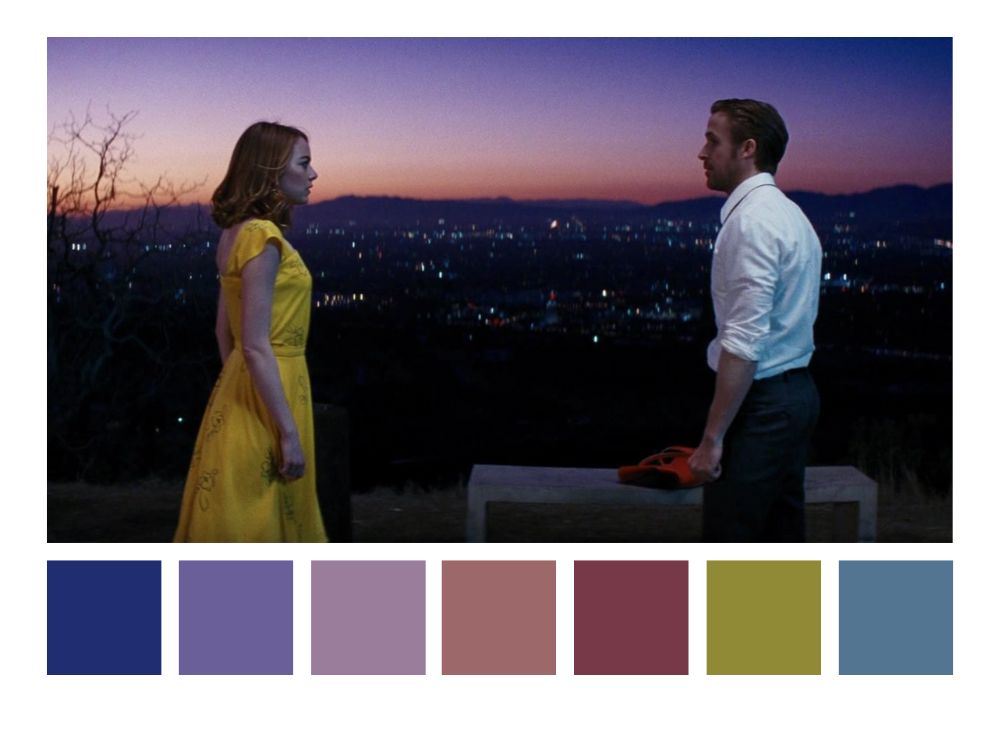Color grading is a pivotal aspect of post-production that transforms raw footage into a cinematic masterpiece. By adjusting hues, saturation, and luminance, editors can evoke specific moods and highlight narrative elements. For instance, a warm color palette can create an inviting atmosphere, while cooler tones might convey a sense of detachment or melancholy. Experienced colorists often draw from their extensive knowledge of color theory and film history to make informed grading choices that align with the director’s vision.
Industry professionals emphasize the importance of using advanced tools like DaVinci Resolve and Adobe Premiere Pro for precise color manipulation. These platforms offer features such as HDR support, advanced masking, and color wheels, enabling editors to achieve desired looks efficiently. Moreover, staying updated with the latest color grading trends and techniques is crucial, as the field continuously evolves with technological advancements and artistic innovations.
Trustworthiness in color grading is built upon a foundation of consistent practice and a deep understanding of visual storytelling. Reputable colorists often share their workflows and case studies, providing transparency into their processes. By adhering to industry standards and collaborating closely with directors and cinematographers, colorists ensure that their work enhances the narrative without overshadowing it. Ultimately, effective color grading not only beautifies footage but also reinforces the emotional depth of the story being told.





